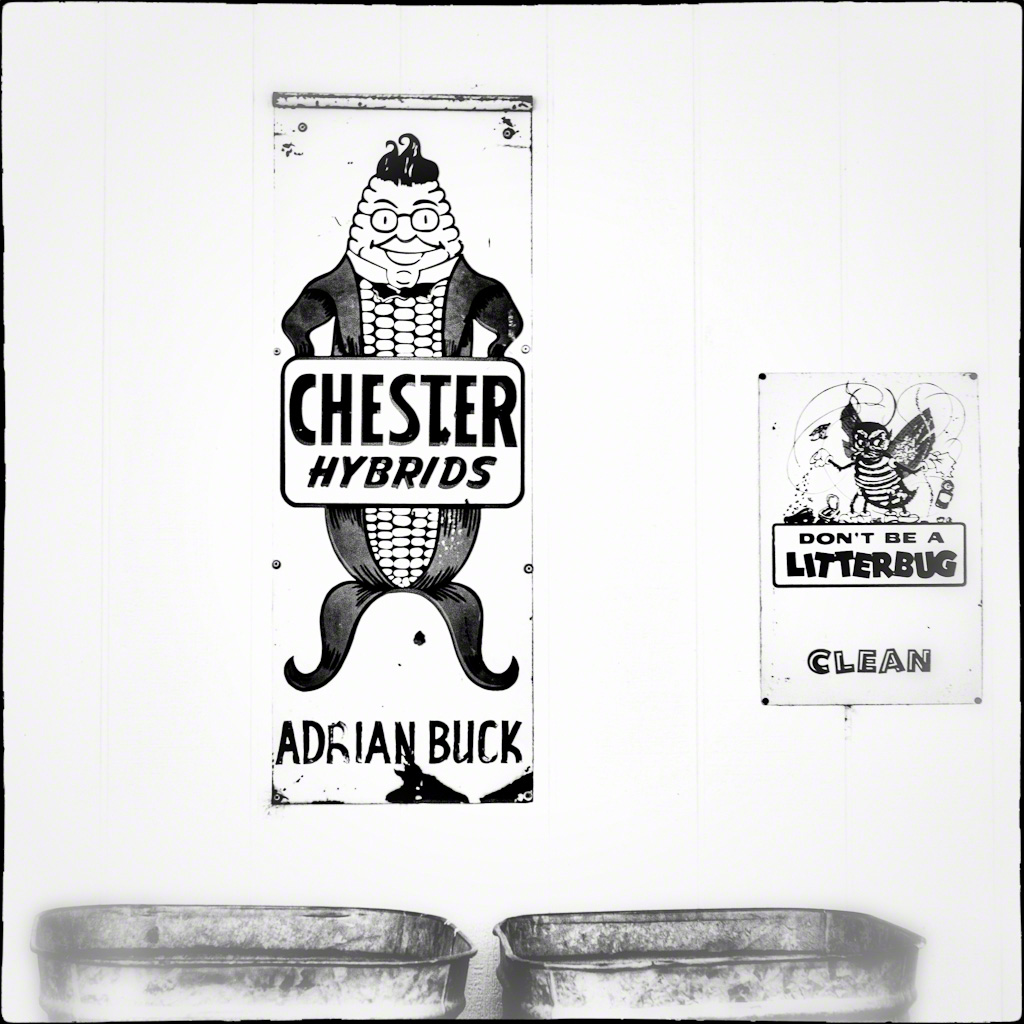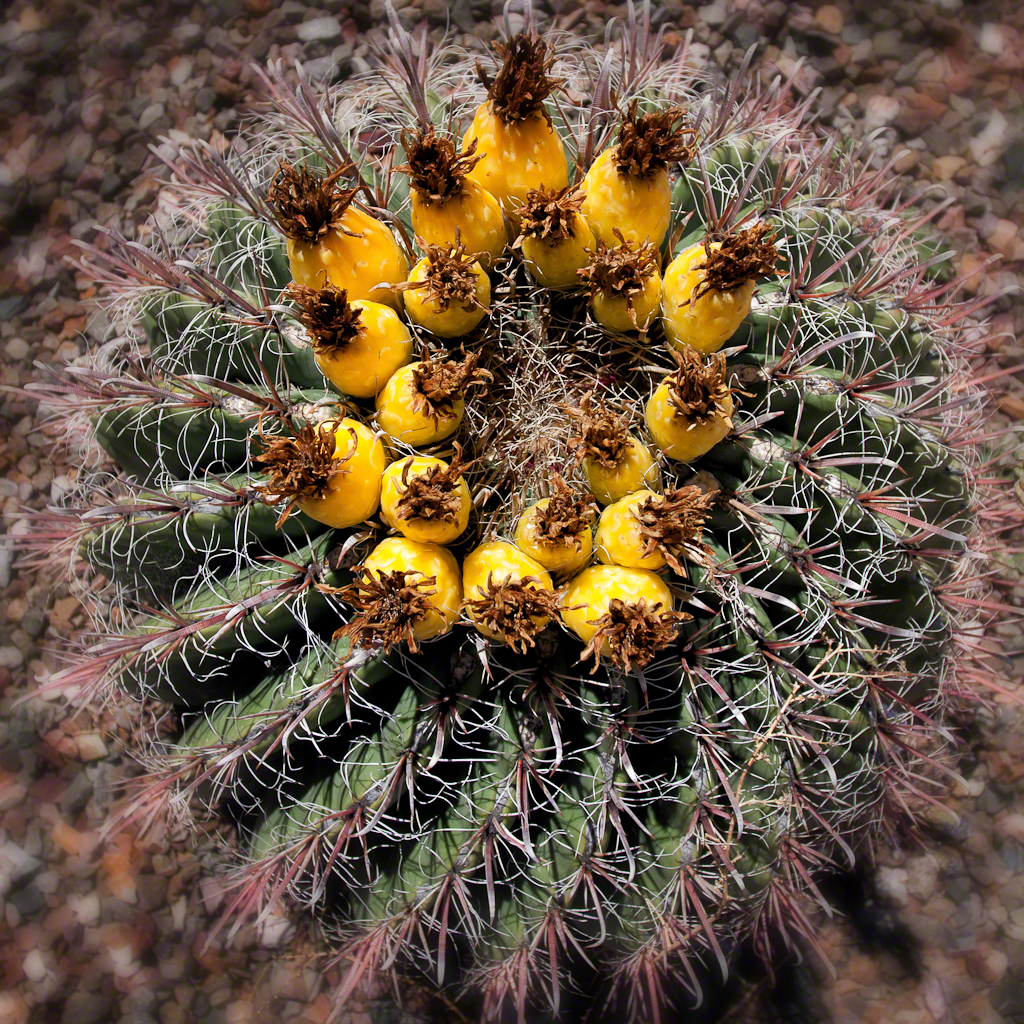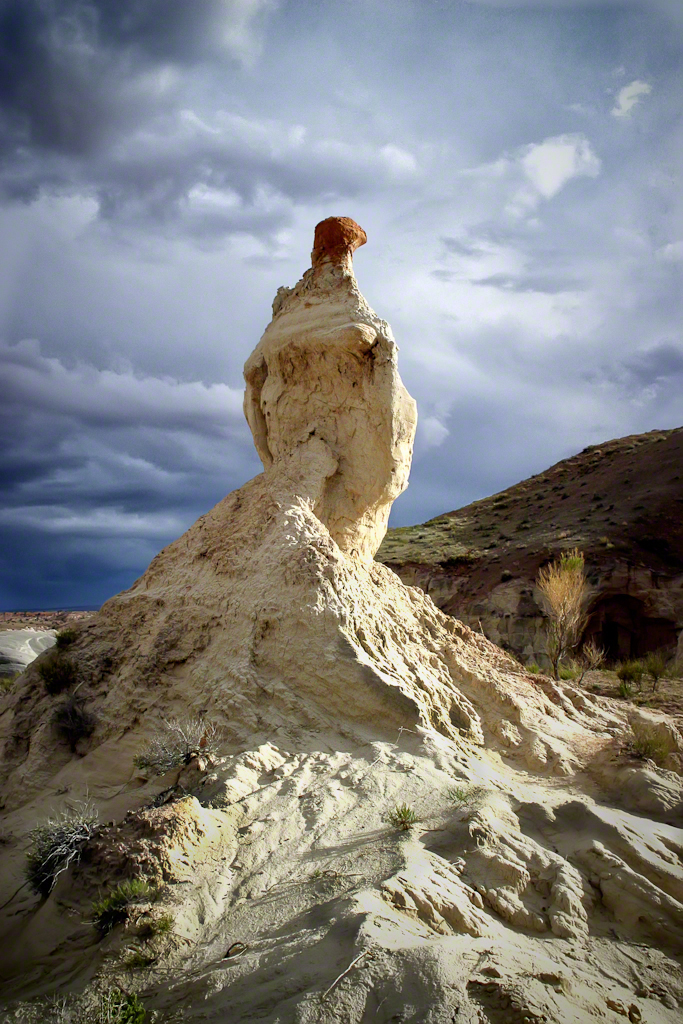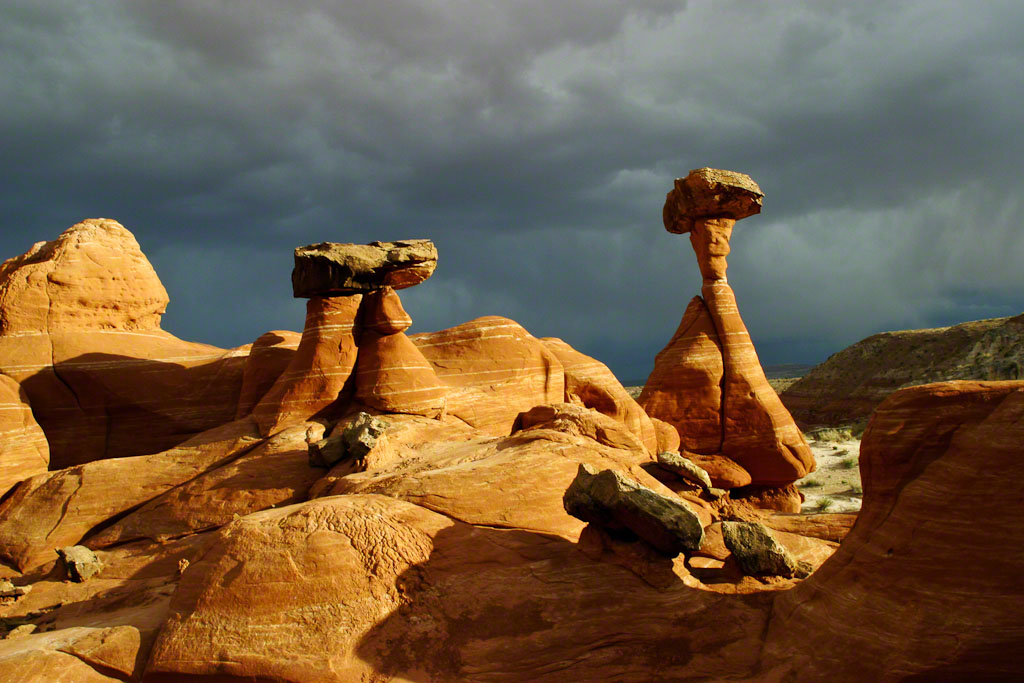After your compare the photos, be sure to scroll down to read the explanation.
After: Multi-exposure HDR processing:
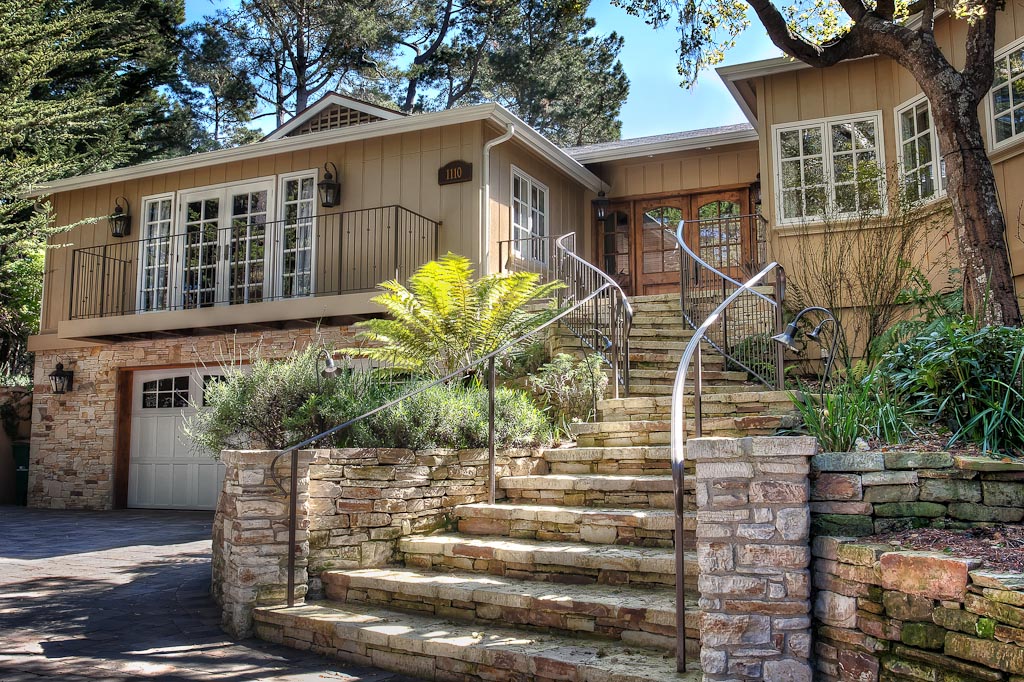
After 7 exposures were processed into an HDR image
(To see the most detail in each image, click on it to enlarge it!)
Before: The single auto-exposure image from they camera:
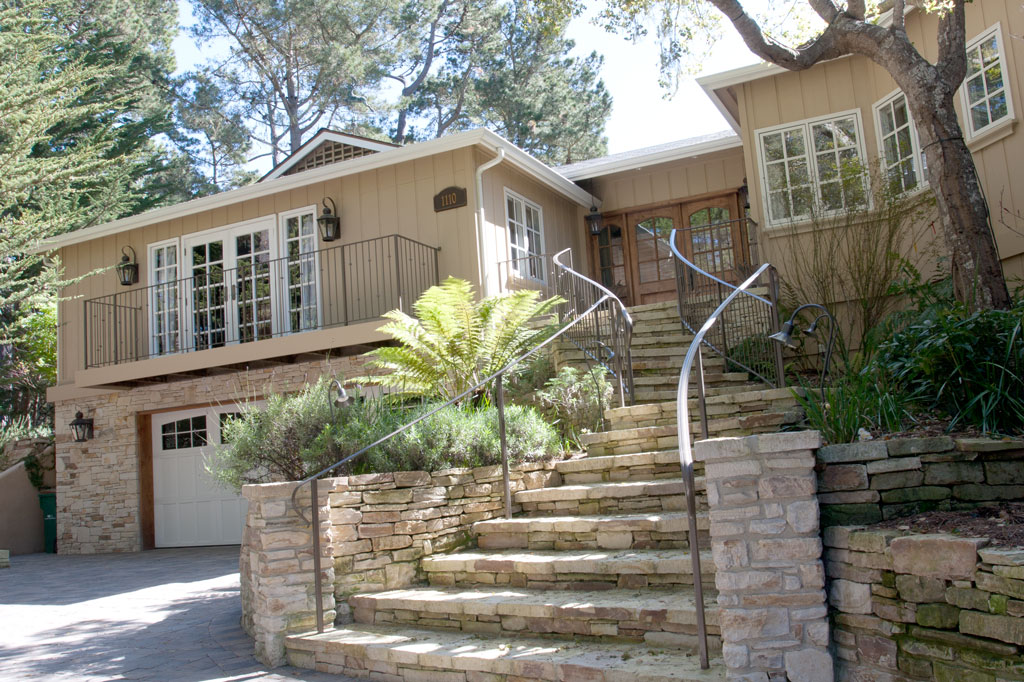
The single auto-exposure image from they camera
One of the great uses for HDR (High Dynamic Range) photography is in architectural photography. All too often we face very difficult, mixed and uncontrollable lighting conditions. On exterior shots, like this one, you often have parts of the building in shadows and parts in sunlight, and, often against a bright sky. Unless you bring in a lot of lighting equipment and take time setting it up to bring some light to the shadow areas, you’re not going to get a very well balanced shot.
That’s where HDR comes in allowing you to take multiple exposures and blend them with one of the terrific programs like Nik Software’s HDR Efex Pro, HDRsoft’s Photomatix or just inside Photoshop itself. You’re able to use these programs’ tonemapping functions to blend multiple exposures into anything from a realistic image to a surrealistic one.
The key to this is that the camera must be on a tripod and remain still for all of the (5 to 9) different exposures. Most larger DSLR cameras can be set to take between 3 and 9 different exposures automatically. But, it’s really the very expensive, vey high-end ones that take between 5 and 9.If you don’t have one of those very expensive DSLR’s is to use one of the new iPhone Apps, like TriggerTrap or Trigger Happy which connect your iPhone to you camera and can be preset for the larger number of exposures. You just enter the iPhone settings, then take the shots with a single tap on the iPhone’s screen. These apps are really cool, reasonably priced and being improved all the time.
What I needed, and found, was a way to attach my iPhone to my tripod so I didn’t have to hold it, and possibly drop it, while setting up my camera adjust the zoom and focus. What I found were clamps made by Ram Mounts, a Seattle based company that manufactures them in Seattle. I liked the clamp that I ordered so much that I decided to become a dealer for their products and started TripodClamps.com . I found other uses for mounting my iPhone, and my iPad, to my tripod and I describe those at the new website. So, if you’re interested to find out more about this:
Go to my website at https://www.TripodClamps.com
LIKE the Facebook Page https://www.facebook.com/TripodClamps , or
Add to your circles on Goggle + at https://gplus.to/tripodclamps .
